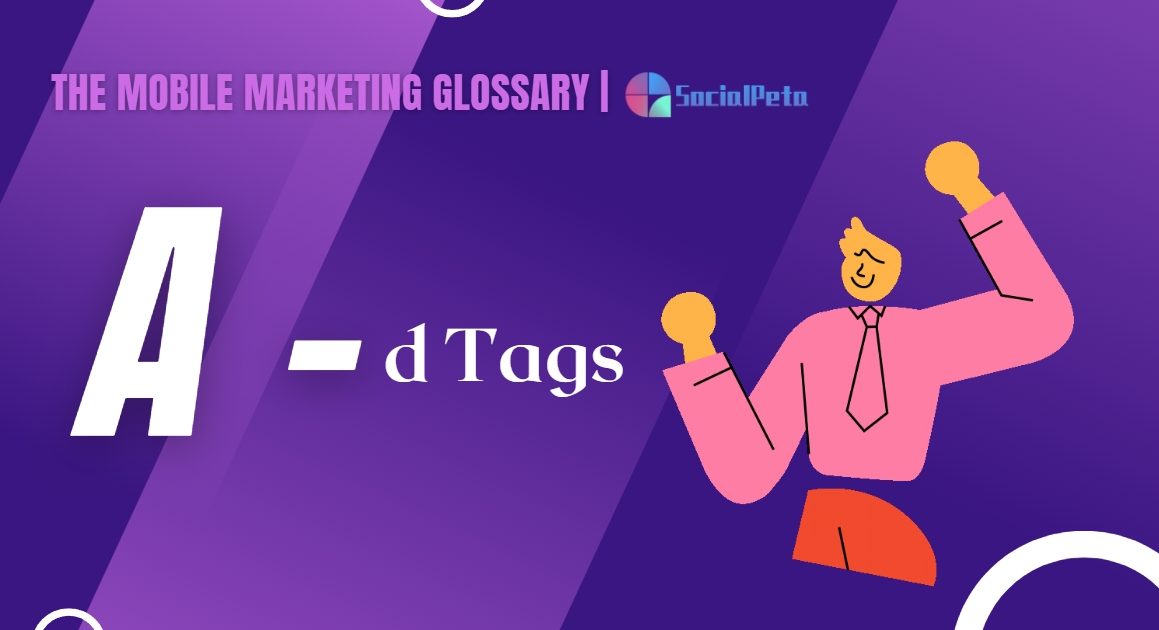What are App Tracking and ATT?
App tracking involves gathering user data on app usage for targeted advertising, while App Tracking Transparency(ATT) grants users greater control over their data. Apps now need explicit permission before tracking across other companies' apps and websites.
App Tracking and App Tracking Transparency
App tracking, a cornerstone of targeted advertising, captures user behavior within apps for personalized ad delivery. This data includes things like which apps they use, how often, and what they do within those apps. However, the introduction of App Tracking Transparency (ATT) signifies a transformative shift in user data privacy. Now, apps are required to seek explicit permission before tracking user activities across different apps and websites.
Apple's ATT Implementation:
In April 2021, Apple introduced the App Tracking Transparency (ATT) framework with iOS 14.5, granting users the freedom to enable or disable tracking. Users now decide whether advertisers can identify and collect information about their presence and activities within apps. You can find more information on how to implement this in Apple’s documentation here.
Android's Approach to Transparency:
Responding to Apple's privacy advancements, Google extended its Privacy Sandbox initiative to Android devices in February 2022. The Privacy Sandbox aims to revamp ad tracking and data collection on Google Chrome and Android. By February 2023, Google initiated Sandbox testing for select Android 13 devices. The initiative includes replacing the Android advertising ID with identifiers that users can delete or reset, halting or transferring tracking. Additionally, it aims to implement a new permission system through the Privacy Sandbox.
Advertising Platforms and Users' Response:
Major advertising platforms like Google's AdMob and Facebook/Meta adapt their practices to comply with ATT. They prioritize user consent, reflecting a paradigm shift toward respecting user privacy preferences.
By March 2022, 80% of app publishers implemented ATT, with game companies reaching a 91% adoption rate.
Notably, around half of mobile iOS users opted in via ATT by March 2022, indicating its popularity among iOS users.
What should advertisers/developers do in a post-ATT world?
In a post-ATT (App Tracking Transparency) world, advertisers and developers face a transformative landscape, necessitating adaptive strategies to navigate the evolving paradigm. Here's a comprehensive approach for them:
Analyze Post-ATT User Engagement:
Advertisers and developers must delve into user interactions post-ATT implementation. Analyzing metrics like time spent on the platform, frequency of use, and specific feature visits empowers them to identify patterns. This data aids in fine-tuning content delivery, UI design, and overall user experience strategies, thereby elevating user satisfaction.
Elevating Retention Rates:
Retention now becomes a critical focus. Marketers need to prevent customer churn before permanent loss. Utilizing predictive analytics enables targeted efforts toward potential churners, enabling the formulation of effective retention strategies.
Shift to Alternative Monetization:
The post-ATT era witnesses a reduced reliance on broad user tracking for traditional ad approaches. Developers increasingly adopt alternative monetization strategies, emphasizing diverse revenue sources.
- Subscription-Based Premium Content:
Offering periodic subscriptions for premium content or features provides direct income while respecting user privacy. - In-App Purchases:
Facilitating in-app purchases for virtual goods or additional functionalities becomes crucial for revenue generation. - Hybrid Monetization:
Combining multiple revenue sources through hybrid monetization becomes a prevalent strategy, ensuring a diversified income stream.
Transitioning Analytical Methods:
Enterprises and developers explore innovative methods to understand user behavior without invasive tracking techniques. Adoption of advanced attribution models, anonymous data aggregation, and privacy-preserving analytics enables effective insights into user behavior while safeguarding user privacy.





